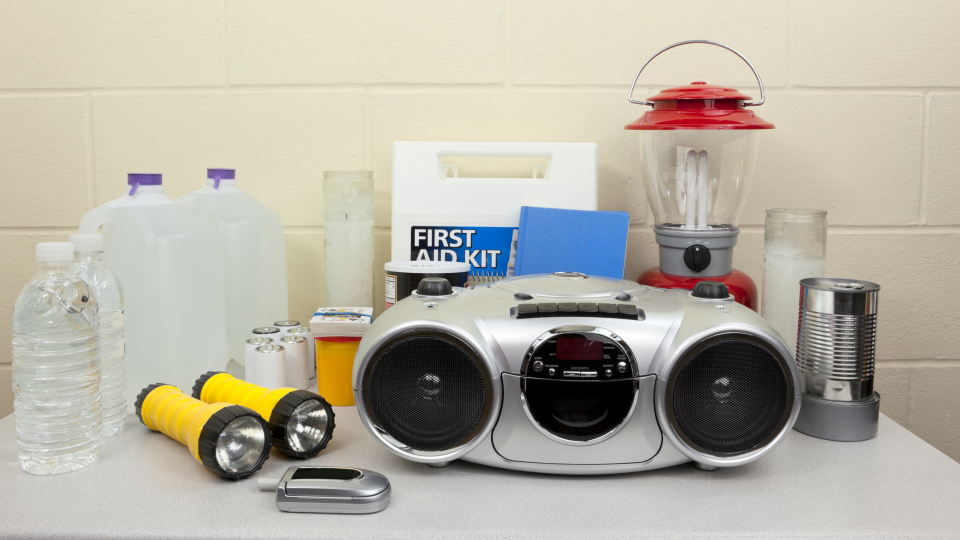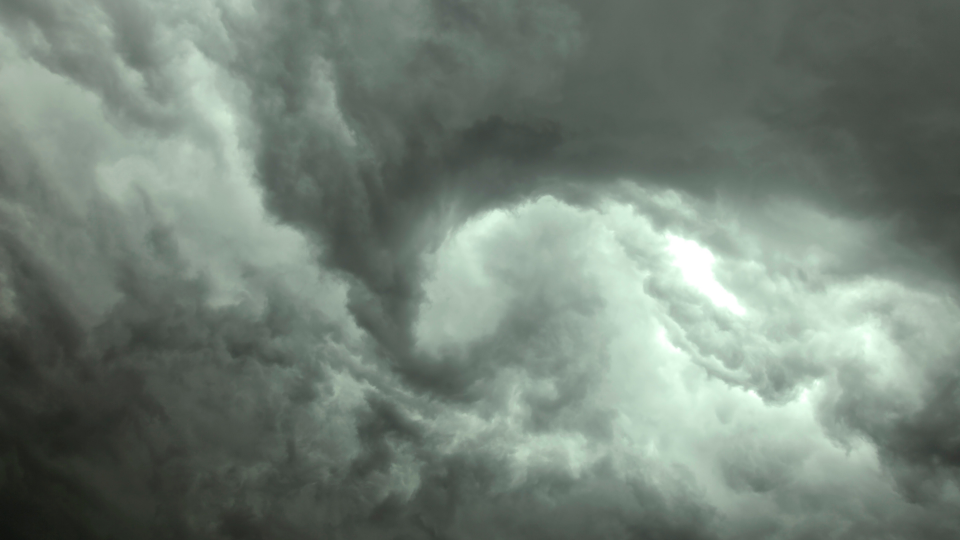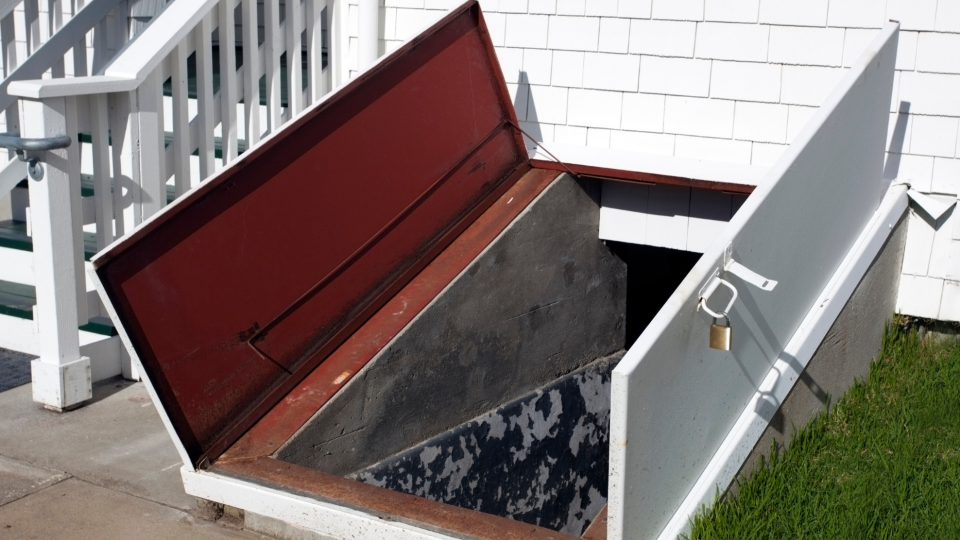How to prepare for severe weather conditions
The Memphis area Friday stands at a moderate risk for severe weather and will likely see severe storms as well as possible tornadoes and hail, according to the National Weather Service in Memphis.
Here’s what you need for your home and everyone in it to be ready in the event that a tornado makes touchdown nearby.
Have an emergency kit ready to go

You never know when an emergency, like a tornado, may strike. That’s why you should try to have an emergency kit of essentials on hand before the emergency happens.
Ready.gov, FEMA’s partner site, has recommended a list of emergency items to prepare in one or two easy-to-carry containers. Here are just a few of the essentials:
Water (at least one gallon per person per day for several days)
Food (try to stock up three days’ worth of non-perishables like canned and dried goods, dry snacks and baby food or formula if applicable (don’t forget a can opener, too)
Battery-powered or hand-crank radio and a NOAA Weather Radio with tone alert
Cell phone chargers (make sure to have portable power banks on hand to keep them charged)
Of course, your emergency kit will vary depending on your household’s needs and abilities—this fact sheet from the Americans with Disabilities Act (ADA) provides a comprehensive checklist based on specific needs. You can find more information on building the right emergency kit for your home at Ready.gov.
In addition, you can also make your own survival kit or buy a premade one in case you need to evacuate your home. This kind of kit should include some of those essentials featured in an emergency at-home kit. You may also choose to include a sleeping bag, a portable shelter (i.e. a survival tent, survival tinder, portable toothbrushes) and other on-the-go items. When preparing for disaster, it's important to pack money and medicine in case you’re away from home for an extended period of time.
Stay alert and know when a tornado could strike

If strong storms are in the forecast for your area, stay up-to-date with local radio and TV stations on local weather conditions. If your power goes out, make sure to keep phones charged using a portable power bank and to use a battery-powered or hand-crank radio for real-time alerts.
Be aware of tornado watches or warnings being issued for your area and know the difference between the two:
Tornado Watch: This refers to the possibility of a tornado or a tornado near the watch area.
Tornado Warning: This means that a tornado has been sighted or indicated on a radar and there is imminent danger to life and property. Shelter should be taken immediately.
While it’s important to stay informed, tornadoes can strike without any time for warning. Keep an eye and an ear out for warning signs of tornado danger—this may include dark, green-colored clouds or sky, a wall cloud shape, cloud of debris, large hail, funnel clouds or roaring noises that sound like a freight train. If you notice any of the following, it’s time to take cover.
Know when and where to shelter

Do not wait until you physically see the tornado to begin sheltering. Rather, the Centers for Disease Control and Prevention (CDC) recommends practicing common sense and caution. If you believe you are in danger, seek shelter immediately. Use local government guidance as well as any alerts sent directly to your phone or on your radio and TV.
When it’s time, know where the safest spot in your home is. Move to an underground shelter like a basement, if possible.
If your home doesn’t have one, move to an inside room without any windows on the lowest floor of your home—this may be a bathroom or closet. If you are in a mobile home, the American Red Cross says to evacuate to a nearby sturdy building or shelter, as mobile homes aren’t safe to be in during severe weather.
The CDC says you can add protection by sheltering underneath something sturdy like a heavy table or workbench. Additionally, you can cover your body with a mattress or blankets. If anything, protect your head with whatever is available.
For people with disabilities and special needs, make sure you have a specific plan in place for sheltering well in advance.
Those in wheelchairs should move away from windows and into an interior room, sheltering under any tables or desks, if possible. Again, if anything, use any object to cover your head—even your hands if that’s all you have.
For those unable to move from a bed or a chair without assistance, use any blankets, pillows or the like to take cover from projectile objects.
This article is based on a post by USA Today's Reviewed team.
Recommendations are independently chosen by Reviewed’s editors. Purchases you make through the links below may earn us and our publishing partners a commission.
The product experts at Reviewed have all your shopping needs covered. Follow Reviewed on Facebook, Twitter, Instagram, TikTok or Flipboard for the latest deals, product reviews and more.
Prices were accurate at the time this article was published but may change over time.
Make smart choices without hours of googling. Subscribe to The Checklist newsletter for expert product advice and recommendations.
This article originally appeared on Nashville Tennessean: Weather in Tennessee: How to prepare for storms

